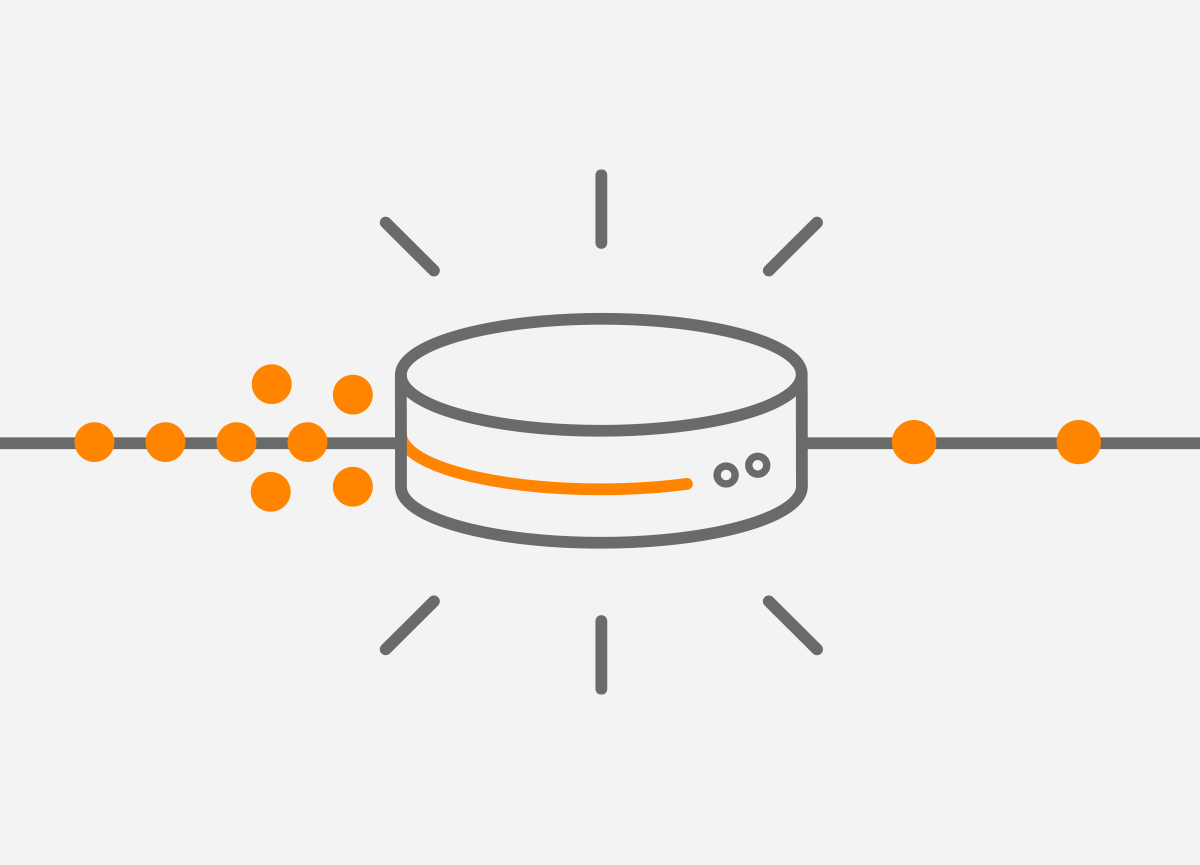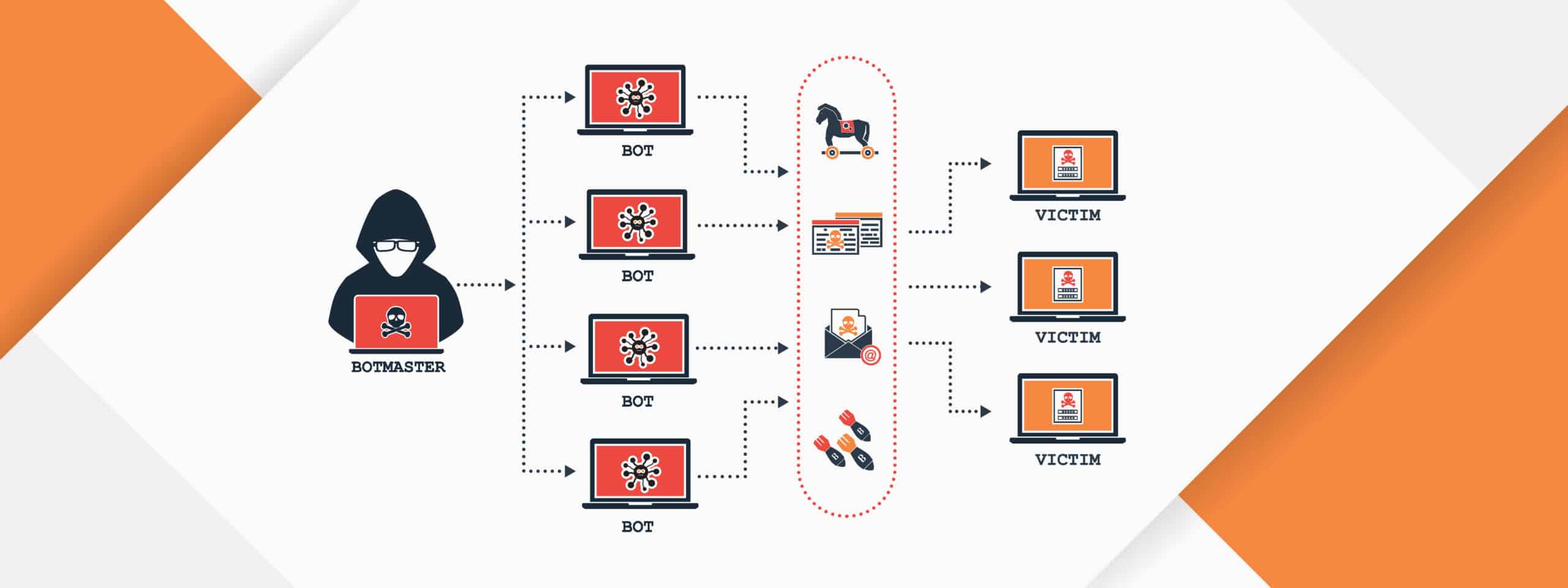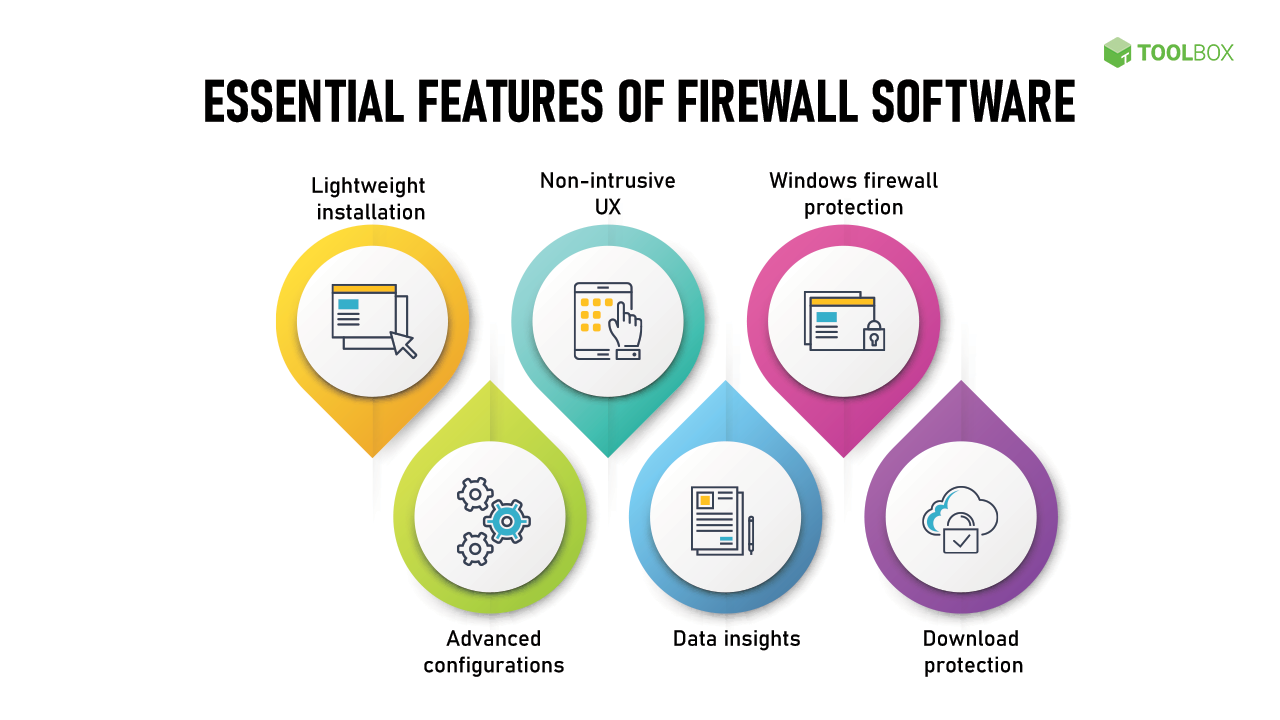
Network congestion occurs when the demand for network resources exceeds the available capacity, leading to a slowdown in network performance, increased latency, and potential packet loss. This situation can arise due to various factors, including high traffic loads, inefficient routing, hardware limitations, and network configuration issues. Here’s a closer look at how network congestion occurs and potential remedies:
How Network Congestion Occurs:
- High Traffic Load:
- A sudden surge in data traffic can overwhelm the network. This often occurs during peak usage times when many users are accessing bandwidth-intensive applications (e.g., video streaming, online gaming).
- Insufficient Bandwidth:
- When the bandwidth available is lower than the total bandwidth required by all active users and applications, congestion occurs. This can happen in both local networks and internet service providers.
- Network Configuration Issues:
- Poorly configured routers and switches can lead to inefficient data routing, causing packets to take longer routes and contributing to congestion.
- Inefficient Protocols:
- Some network protocols may not efficiently handle congestion. For example, older protocols may not support features like congestion control and traffic shaping.
- Hardware Limitations:
- Outdated or underpowered network hardware, such as routers, switches, and network interfaces, can become bottlenecks when handling increased traffic.
- Broadcast Storms:
- Excessive broadcasting of data packets, often due to misconfigured devices or network loops, can consume network resources and lead to congestion.
- Malicious Activity:
- Denial of Service (DoS) attacks or other malicious activities can flood a network with traffic, overwhelming resources and causing congestion.
Remedies for Network Congestion:
- Increase Bandwidth:
- Upgrading to a higher bandwidth plan from the internet service provider or adding additional bandwidth to the network can alleviate congestion.
- Load Balancing:
- Distributing traffic across multiple servers or network paths can prevent any single device from becoming a bottleneck. Load balancers can optimize resource use and enhance performance.
- Quality of Service (QoS) Configuration:
- Implementing QoS policies can prioritize critical applications and services over less important traffic. This helps ensure that essential traffic receives the necessary bandwidth, reducing congestion for high-priority applications.
- Traffic Shaping:
- Traffic shaping techniques can regulate data transmission rates to ensure a consistent flow of traffic. This can help prevent congestion during peak usage periods.
- Upgrade Network Hardware:
- Replacing outdated routers, switches, and network interfaces with newer, more capable hardware can improve performance and handle increased traffic loads.
- Network Segmentation:
- Dividing a network into smaller, more manageable segments (subnets) can reduce the overall load on any single segment. This can be achieved through the use of Virtual Local Area Networks (VLANs).
- Caching:
- Implementing caching solutions can reduce the amount of data that needs to be transmitted over the network. Frequently accessed content can be stored locally, decreasing load times and traffic.
- Regular Maintenance:
- Conducting routine checks and updates on network hardware and software can identify potential issues before they lead to congestion. Monitoring tools can help track traffic patterns and identify bottlenecks.
- Limit Broadcasts:
- Reducing unnecessary broadcast traffic and configuring switches to limit broadcast domains can help alleviate congestion caused by broadcast storms.
- Network Monitoring and Analytics:
- Implementing network monitoring tools can help identify congestion points and analyze traffic patterns. This data can inform decisions about upgrades or configuration changes.
- Implement Redundancy:
- Creating redundant pathways and failover systems can ensure continuous connectivity and reduce congestion during outages or failures.
- Educate Users:
- Training users to be mindful of their bandwidth consumption, such as avoiding large downloads during peak hours, can help reduce congestion.
Summary
Network congestion occurs when demand exceeds capacity, leading to performance degradation, increased latency, and potential data loss. It can be caused by high traffic loads, insufficient bandwidth, hardware limitations, configuration issues, and malicious activities. Remedies include increasing bandwidth, implementing load balancing and QoS, upgrading hardware, network segmentation, and regular maintenance. Monitoring and educating users also play crucial roles in managing network congestion effectively.







